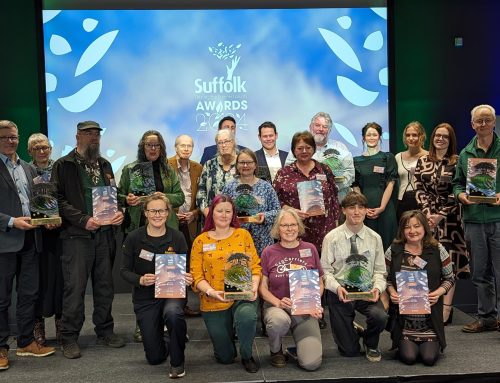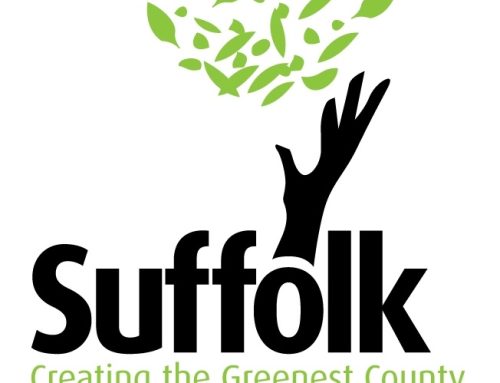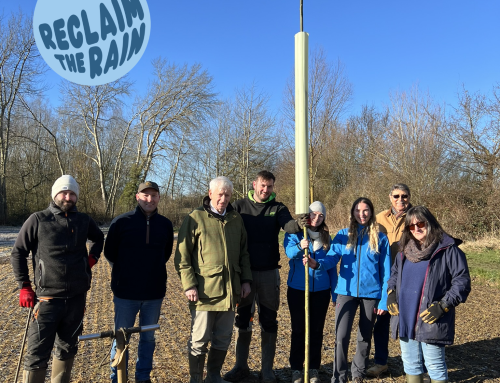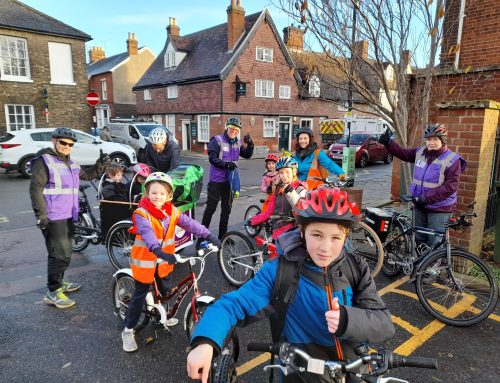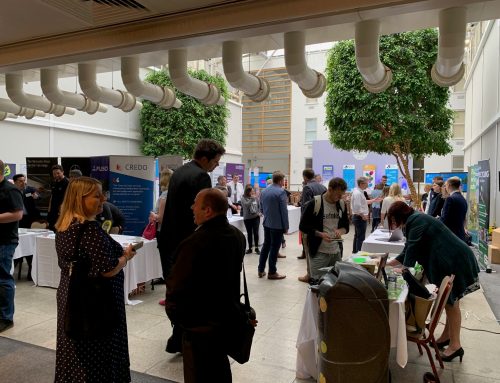A new survey has been launched to find out which aspects of nature in Suffolk are most important to you. 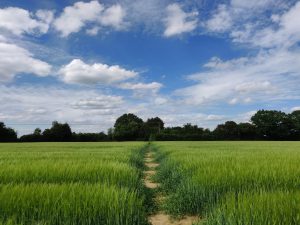
Your responses will feed into Suffolk’s Local Nature Recovery Strategy, a plan to help reverse the decline in nature across the county, and to connect and expand existing areas that are important for wildlife and the landscape.
- Nationwide, wildlife species have declined by 19% since 1970 (State of Nature report)
- One in six species in Great Britian are at risk of extinction (State of Nature report)
- Up to 70% of Suffolk’s 22,000 ponds are neglected or abandoned (Suffolk Wildlife Trust)
- Norfolk and Suffolk have over three times less ancient woodland than the national average (Natural Capital Evidence Compendium for Norfolk and Suffolk)
To address this decline and to help nature recover, government has introduced legally-binding commitments. There are 48 of these Local Nature Recovery Strategies across the country, led in Suffolk by Suffolk County Council.
Together, they will form a national ‘nature network’, proposing actions such as the creation of wetlands, restoration of peatlands, planting of trees and hedgerows, and more sustainable management of existing woodlands and other habitats like grasslands.
Councillor Richard Rout, Suffolk County Council’s Deputy Leader and Cabinet Member for Finance and Environment, said:
“In Suffolk we have a higher proportion of protected sites for nature than other places. But these spaces are largely in isolated pockets that need improving and linking together.
“Protecting and enhancing these sites will of course help nature to recover, but also have a positive impact on all of us too. For example, the creation of additional coastal habitats can assist communities in adapting to sea-level rise, safeguarding homes and businesses; new green spaces for recreation can improve our health and wellbeing; supporting farmers to manage their land for nature can bring new funding into the rural economy, generating employment and training opportunities.”
“At Suffolk County Council we’re revising our land management to be more nature friendly, supporting enhanced biodiversity across at least 30% of our estate by 2030, and in the last few years we have planted over 250,000 trees.
“We’re working closely with Norfolk County Council, as many important wildlife areas are shared between both counties. I look forward to hearing how Suffolk residents engage with nature, and from landowners who want to offer practical proposals about what they’d like to see.”
Members of the public are invited to share their favourite nature spots to visit, what access is like, which habitats and species should be protected, and so on. You don’t have to be a wildlife expert, but your thoughts will help the work to reverse the decline of nature in Suffolk.
Farmers, landowners and land managers are also encouraged to submit practical, achievable proposals to support nature conservation, as well as sharing how land is currently managed and any challenges faced applying for government funding schemes.
All responses will help build a picture across Suffolk to help protect and enhance our environment.
You can share your thoughts in the Suffolk Local Nature Recovery Strategy Survey by visiting https://www.nsnrp.org/get-involved, which closes on 30 June 2024.


